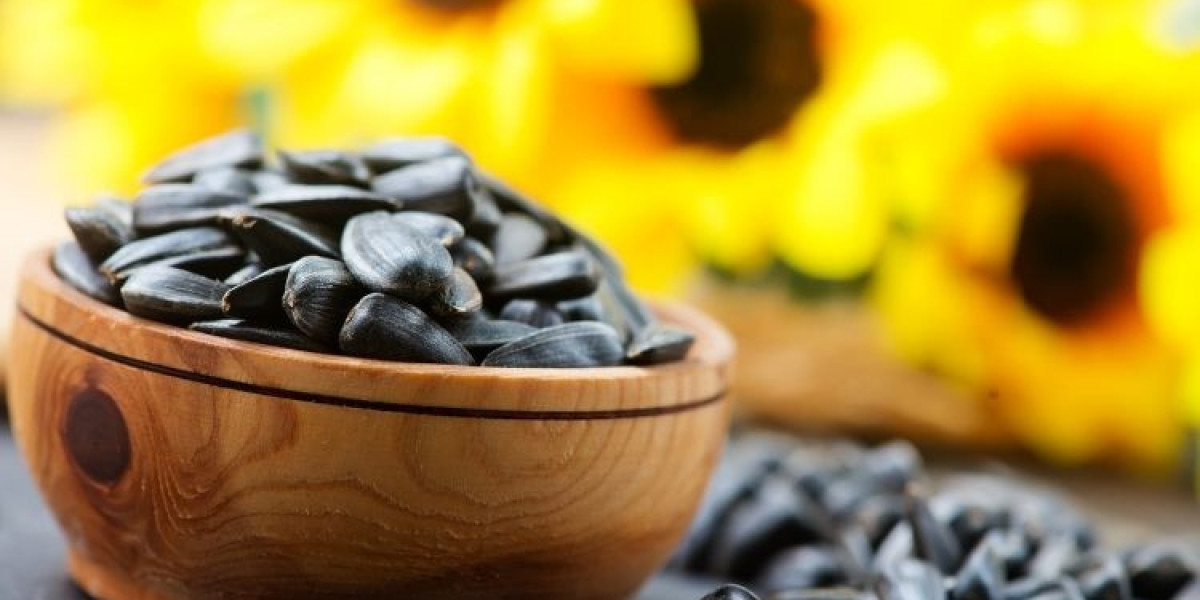The global forage seed market size reached approximately USD 19.72 billion in 2023. The market is further projected to grow at a CAGR of 9.2% between 2024 and 2032, reaching a value of USD 39.88 billion by 2032. Forage seeds play a crucial role in livestock farming, providing essential nutrition for animals and contributing to farm productivity. However, choosing the right forage seeds for your farm can be a challenging task, as various factors need to be considered. In this comprehensive guide, we will explore the key factors to consider when selecting forage seeds, popular forage seed varieties, and best practices for seed selection and establishment.
Factors to Consider When Choosing Forage Seeds
Climate and Weather Conditions The climate and weather conditions of your region are crucial factors to consider when choosing forage seeds. Different forage seed varieties are suited to different climates, with some being more drought-resistant or cold-tolerant than others. It is essential to select seeds that can thrive in your specific climate to ensure optimal growth and yield.
For example, in regions with hot and dry climates, drought-tolerant forage seed varieties like alfalfa and sorghum-sudangrass may be more suitable. These varieties have deep root systems that can access water from deeper in the soil, allowing them to survive in arid conditions. On the other hand, in regions with cold winters, cold-tolerant varieties like winter wheat or winter rye may be more appropriate.
Soil Type and Quality The soil type and quality of your farm can significantly impact the success of your forage crop. Forage seeds are available for various soil types, including sandy, loamy, and clay soils. Understanding your soil's pH and nutrient levels is essential for selecting seeds that will grow well in your soil conditions.
For example, legumes like clover and alfalfa prefer slightly acidic to neutral soils and can improve soil fertility through nitrogen fixation. Grasses like ryegrass and fescue, on the other hand, can thrive in a wider range of soil types but may require additional fertilization in nutrient-poor soils.
Farming Goals and Livestock Needs Your farming goals and the needs of your livestock will also influence your choice of forage seeds. Consider whether you are growing forage for pasture grazing or hay production, as different seeds may be more suitable for each purpose. Additionally, the nutritional content and palatability of the seeds should align with the dietary requirements of your livestock species.
For example, if you are raising dairy cows, you may want to choose forage seeds with high protein content, such as alfalfa or clover, to support milk production. If you are raising beef cattle for grazing, you may prioritize forage seeds that are highly palatable and can withstand heavy grazing pressure, such as ryegrass or tall fescue.
Seed Mixture and Species Selection Forage seed mixtures containing multiple species can offer several benefits, such as improved soil health and better pest management. Understanding the different species available and their characteristics can help you choose the right seed mixture for your farm.
For example, a mixture of legumes and grasses can provide a balanced diet for livestock, as legumes are high in protein and grasses are high in fiber. Additionally, mixing different species can help reduce the risk of pest and disease outbreaks, as pests and diseases that target one species may not affect another.
Popular Forage Seed Varieties and Their Characteristics
Alfalfa Alfalfa is a popular forage crop known for its high nutritional value and adaptation to various climates. It is drought-tolerant and has nitrogen-fixing properties, making it beneficial for soil health. Alfalfa is also highly palatable to livestock and can be harvested multiple times in a growing season.
Ryegrass Ryegrass is another popular forage crop known for its fast-establishing and high-yielding characteristics. It is suitable for overseeding and winter grazing, providing a valuable food source for livestock during the colder months. Ryegrass is also highly palatable and can be grazed or harvested for hay.
Clover Clover is a versatile forage crop with nitrogen-fixing properties that can improve soil fertility. It is available in varieties suited to different growing seasons and can be an excellent addition to forage seed mixtures. Clover is also highly palatable to livestock and can be grazed or harvested for hay.
Best Practices for Forage Seed Selection and Establishment
Seed Quality and Purity When selecting forage seeds, it is essential to choose high-quality, pure seeds to ensure optimal germination and crop establishment. Certified seeds are recommended to avoid contamination and ensure seed viability.
Seedbed Preparation and Sowing Techniques Proper seedbed preparation and sowing techniques are essential for successful forage crop establishment. Consider the seeding rates and planting depth recommended for the specific seeds you are using, and ensure adequate soil moisture for germination.
Monitoring and Maintenance Once your forage crop is established, ongoing monitoring and maintenance are crucial for optimal growth and yield. This includes irrigation and fertilization as needed, as well as weed and pest management to ensure the health of your crop.
Choosing the right forage seeds for your farm is a critical decision that can significantly impact your farm's productivity and success. By considering factors such as climate, soil type, and livestock needs, you can select forage seeds that will thrive in your farm's conditions. Additionally, following best practices for seed selection and establishment can help ensure the success of your forage crop. By taking the time to choose the right forage seeds and care for them properly, you can improve the health of your soil, increase your farm's productivity, and provide nutritious feed for your livestock.















